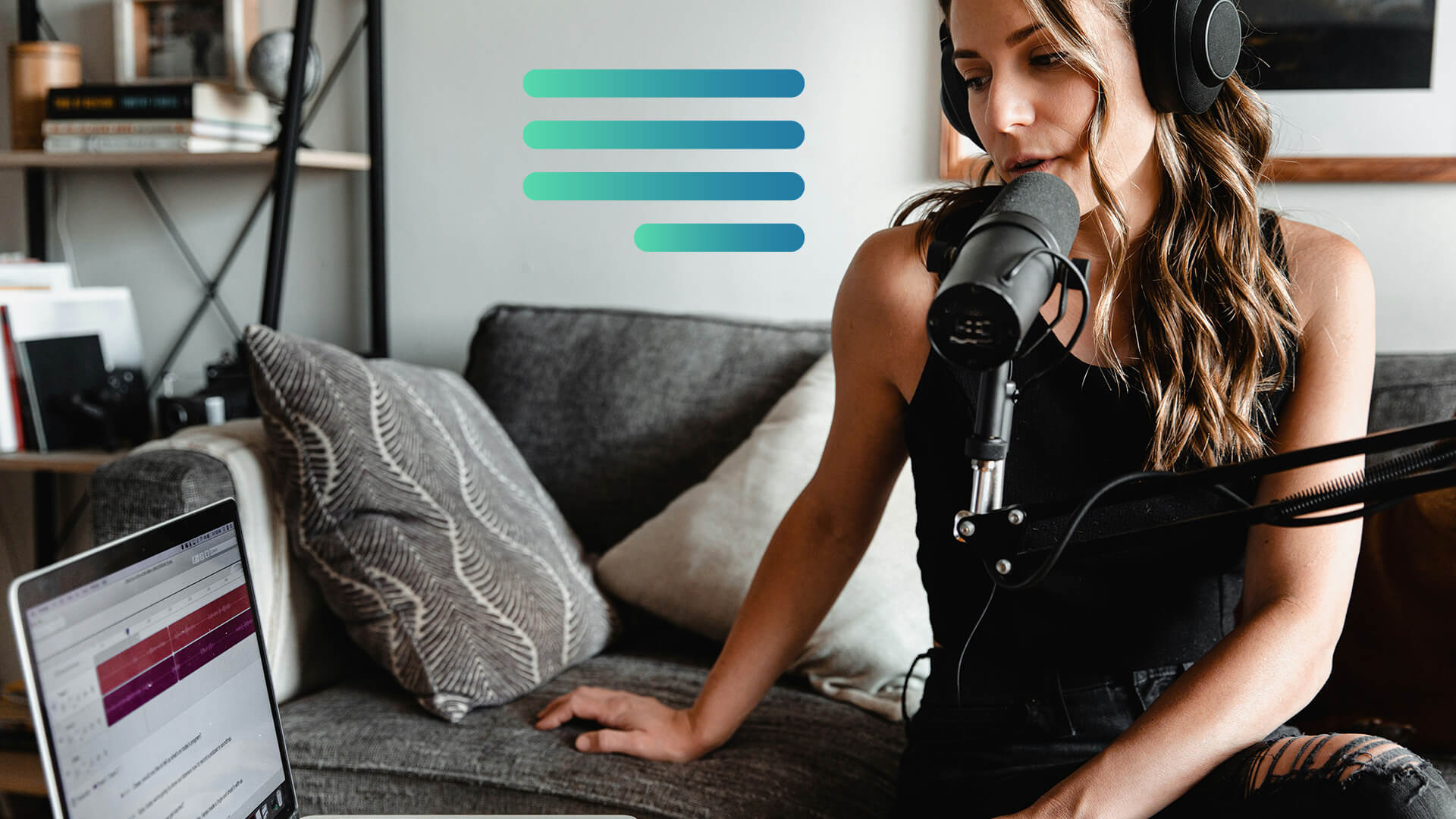With so much competition, brands constantly look for innovative ways to reach new customers. Podcast sponsorships are just that. By sponsoring a podcast, they can connect with their target consumer with the help of trusted influencers. Make podcast sponsorships go smoothly with these insights and best practices:
Identify possible partnerships
Brands should look for podcasts in their industry that pertain to their brand or products. Influencers should look to partner with brands that align with their audience’s interests and values as well.
Make a short list of possible podcasts to work with, and then do some homework. Listen to episodes and consider the topics, tone, and themes to ensure brand safety.
Analyze audience and stats
Brands will need information on the audience, including demographics, to see if they match their brand. Reviewing the podcast’s engagement rate, downloads, and ratings is essential, too.
Where do brands find this info? Some apps share this information, or brands often reach out to seek the podcast’s media kit.
Influencers with podcasts should be prepared to provide media kits and rate sheets to make the process more efficient.
Determining budget and rates
Before signing a contract, brands and influencers should know how sponsorships work.
Types of sponsorships
Host-read ads
A host can read an ad live on the podcast. Often, the ad is a personal experience (from the host) that promotes the product or service. If done correctly, the ad feels like a part of the show.
Radio-style ads
Another type of ad on podcasts is a radio ad voiced by a third party that plays during a break. Choose from pre-roll, which runs before the show; midroll, which runs in the middle of the show; or post-roll, which runs at the end of the show.
Average costs
It’s helpful to know the pay structure and the average cost of ads or sponsorships.
CPM
For host-read ads or radio ads, brands often pay CPM or cost per mile. Some reports say to expect to pay $18 per 1,000 listeners for a 30-second ad and $30 per 1,000 listeners for a 60-second ad. This, of course, is an average. Rates will vary.
Affiliate marketing
Brands can also pay the podcaster a percentage of any sales that come from listeners. With a trackable link shared by the podcaster, sales are logged, and an average of 5-30% commission is given to the podcaster.
Set rates
You can also pay a podcaster a set rate to sponsor each episode, which is usually common with smaller podcasts. Set rates vary and are usually negotiated directly with the podcaster.
Negotiating prices
The conversation between the brand and podcaster will likely be a negotiation. Be prepared with these tips:
- Know what kind of sponsorship you want
- Have a price/rate in mind
- Know the average costs (listed above)
- Refer to the podcast stats (number of listeners, engagement rate) to justify rate changes
Craft a sponsorship message
Ready to write a script? Follow these tips to craft a sponsorship message:
Identify the length
Identify the TRT, or total run time, of the ad. Usually, it’s either 30 or 60 seconds.
Think about the call to action
Focusing on the CTA first helps narrow the focus.
Write for the ear, not the eye
A podcast has no visuals, so the audio must stand on its own. Be descriptive but direct. Make the CTA as simple as possible, too. People often listen to podcasts in the car or while they’re working, meaning they can’t remember lengthy instructions to buy a product.
Align with the podcast
The most effective ads align with the podcast. For example, mention a catchphrase that the podcaster uses, for example, or make references that only listeners would understand.
Measuring sponsorship success
Identify KPIs, review metrics, and make adjustments to strategies based on data.
KPIs to watch
If the goal is to drive brand awareness, track:
- Ad impressions and unique impressions from the podcast
- Page views and referred traffic from website analytics
- Follower count, views, engagement, and brand mentions from social channels
If the goal is to drive sales, track:
- Conversions
- Revenue
- Number of promo codes used
Tips to improve results
Let’s say you review metrics and didn’t quite hit the milestones or want to improve results. Here are a few things to tweak for the next sponsorship:
- Review and adjust the script for clarity
- Consider changing the ad length
- Audit the checkout process to ensure it’s as streamlined as possible
- Consider different partners
Building long-term relationships
Podcast sponsorship works best with repetition. Ideally, you’ll find a brand or podcast partner for years and build a relationship.
The benefits of a long-term relationship
A long-term relationship helps brands build a connection with listeners and, in time, trust. As that relationship grows, they increase the chance of earning not just customers but loyal customers.
For podcasters, long-term relationships with brands come across as more authentic.
Tips to maintain a relationship
How do you nurture a relationship between a brand and a podcast? Here are some ideas:
- Schedule monthly calls to talk about the partnership
- Consider meeting for lunch once a quarter
- Think of other ways to collaborate, like giveaways or attending a company event
Podcast sponsorship gives brands a way to connect with new customers in a unique way. Picking the right podcast to partner with is important, but with the right collaboration, the partnership can be a win-win for both parties.
Influencers:
Looking to partner with industry-leading brands? Create your free profile today.
Marketers:
The world’s biggest brands trust IZEA. Find which of our self-serve marketing tools or full-service influencer marketing solutions are right for you.








